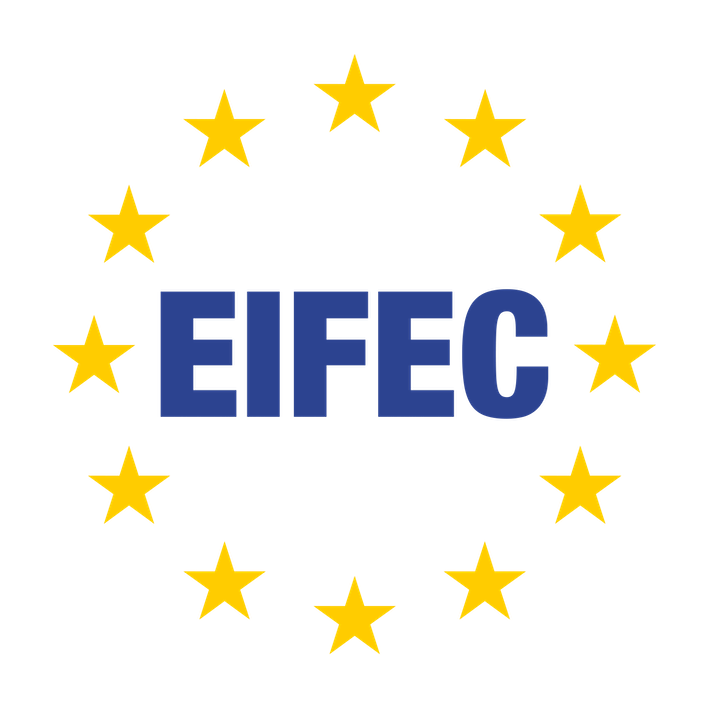Emerging technologies
Compliance Initiative
Emerging and Foundational Technologies
The new great Compliance Challenge
With the rollout of Export Controls on Emerging Technologies starting in 2020, the United States has opened a new front in its confrontation with China. This marks a shift from defensive measures to more offensive tools.
As controls on exports of technology are a key component of the effort to protect sensitive U.S. technology, many sensitive technologies are listed on the CCL, often consistent with the lists maintained by the multilateral export control regimes of which the United States is a member.
Certain technologies, however, may not yet be listed on the CCL or controlled multilaterally because they are Emerging Technologies. As such, they have not yet been evaluated for their national security impacts.
Identifying Emerging Technologies that are essential to U.S. national security, for example because they have potential conventional weapons, intelligence collection, weapons of mass destruction, or terrorist applications or could provide the United States with a qualitative military or intelligence advantage.
The EU faces unique structural hurdles in responding to the US push to restrict emerging technology transfers. Despite a years-old legislative push to reform the EU’s dual-use regulations, the bloc still has a weak mandate on export controls and limited scope to ramp up its scrutiny of Emerging Technologies.
The representative general categories of technology for which U.S. currently seeks to determine whether there are specific emerging technologies that are essential to the national security of the United States include:
(1) Biotechnology, such as:
(i) Nanobiology;
(ii) Synthetic biology;
(iv)Genomic and genetic engineering;
(v) Neurotech
(2) Artificial Intelligence (AI) and Machine Learning Technology, such as:
(i) Neural networks and deep learning
(e.g., brain modelling, time series prediction, classification);
(ii) Evolution and genetic computation (e.g., genetic algorithms, genetic programming);
(iii) Reinforcement learning;
(iv) Computer vision (e.g., object recognition, image understanding); (v) Expert systems (e.g., decision support systems, teaching systems);
(vi) Speech and audio processing (e.g., speech recognition and production); (vii) Natural language processing (e.g.,
machine translation);
(viii) Planning (e.g., scheduling, game playing);
(ix) Audio and video manipulation technologies (e.g., voice cloning, deepfakes);
(x) AI cloud technologies;
(xi) AI chipsets.
4) Microprocessor Technology, such as:
(i) Systems-on-Chip (SoC); or
(ii) Stacked Memory on Chip.
(5) Advanced Computing Technology, such as:
(i) Memory-centric logic.
6) Data Analytics Technology, such as:
(i) Visualization;
(ii) Automated analysis algorithms; or (iii) Context-aware computing.
(7) Quantum Information and Sensing Technology, such as
(i) Quantum computing;
(ii) Quantum encryption; or
(iii) Quantum sensing.
(8) Logistics Technology, such as:
(i) Mobile electric power;
(ii) Modeling and simulation;
(iii) Total asset visibility; or
(iv) Distribution-based Logistics
Systems (DBLS).
(9) Additive Manufacturing (e.g., 3D printing);
10) Robotics such as:
(i) Micro-drone and micro-robotic systems;
(ii) Swarming technology;
(iii) Self-assembling robots;
(iv) Molecular robotics;
(v) Robot compliers; or
(vi) Smart Dust.
(11) Brain-Computer Interfaces, such as
(i) Neural-controlled interfaces;
(ii) Mind-machine interfaces;
(iii) Direct neural interfaces; or
(iv) Brain-machine interfaces.
12) Hypersonics, such as:
(i) Flight control algorithms;
(ii) Propulsion technologies;
(iii) Thermal protection systems; or (iv) Specialized materials (for
structures, sensors, etc.).
(13) Advanced Materials, such as:
(i) Adaptive camouflage;
(ii) Functional textiles (e.g., advanced
fiber and fabric technology); or
(iii) Biomaterials.
14) Advanced Surveillance technologies, such as:
Faceprint and voiceprint technologies.

